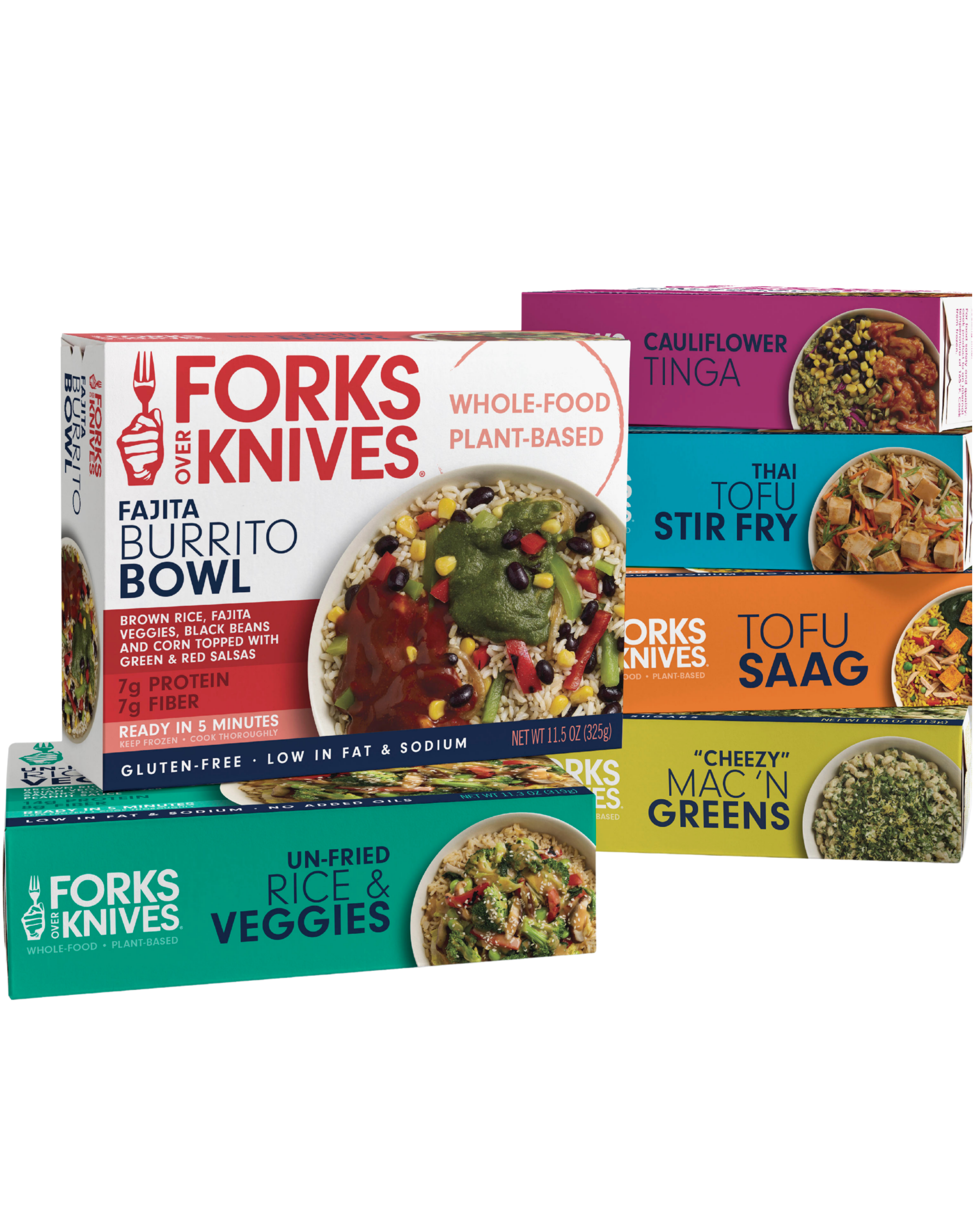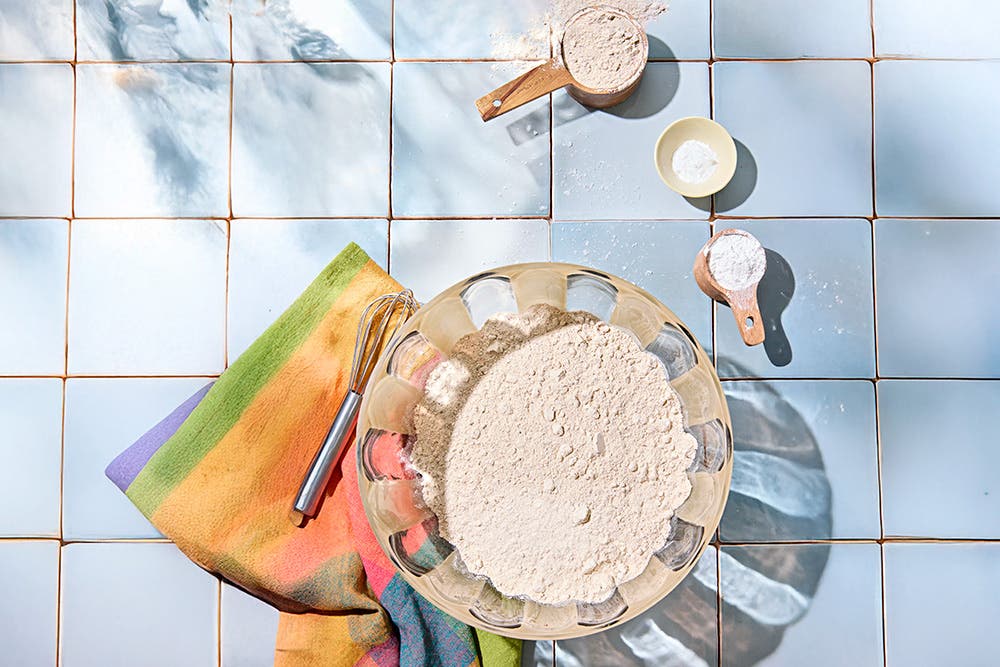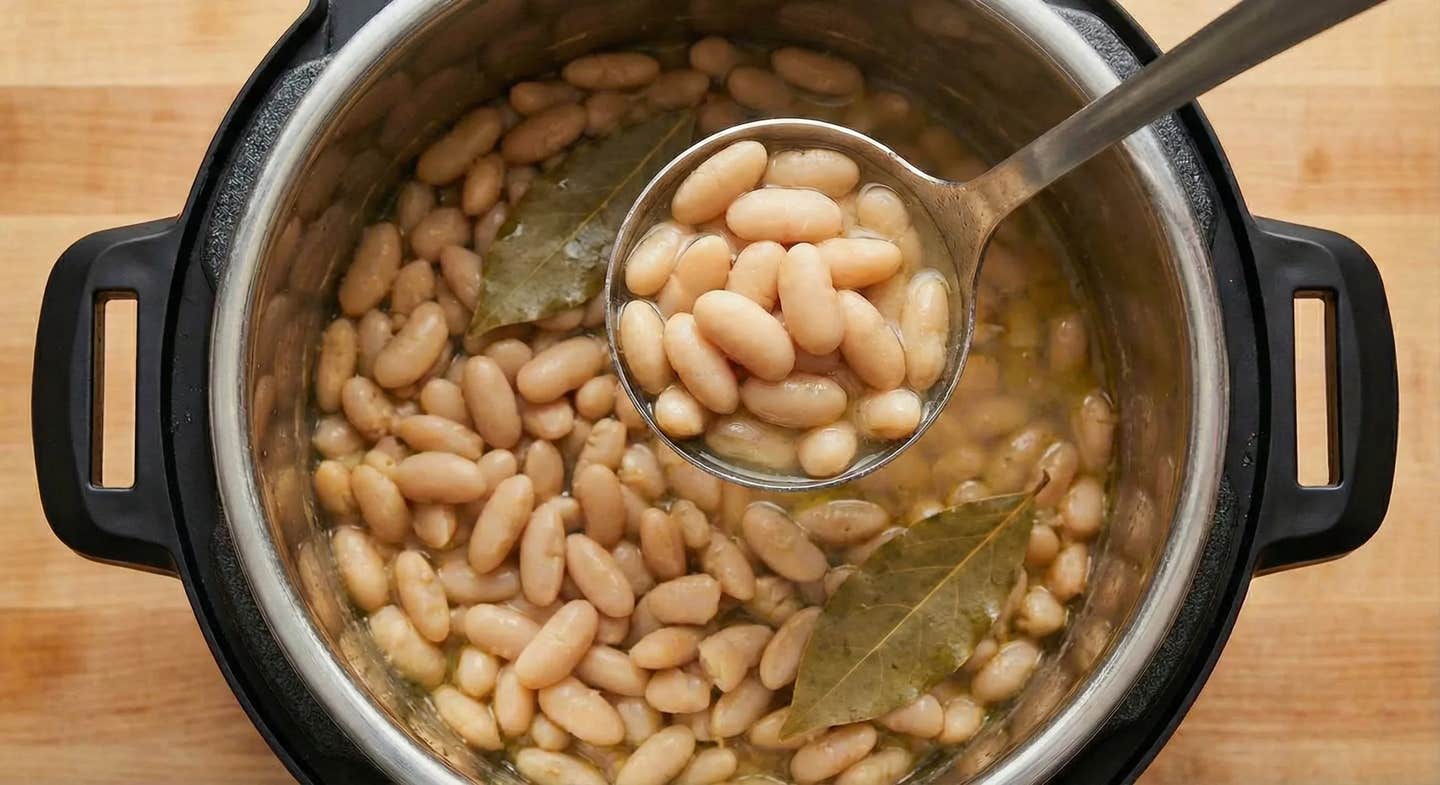Okra was introduced to North America by enslaved people brought over from West Africa in the 17th century. Ever since, it has been a mainstay in traditional Southern cooking, where it’s simmered into stews such as gumbo (the term “gumbo” comes from the West African word for okra), pickled like cucumbers, or breaded and fried. Okra is also used frequently in African, Mediterranean, South American, Southeast Asian, Caribbean, and Indian cuisines. Bhindi masala, a dish made with okra and tomatoes, is a popular dish you can find in most Indian restaurants.
What Is Okra?
Good question! In the vegetable world, okra is unique. The edible seed pods are the fruit of a flowering plant that’s a member of the mallow family, which also includes hibiscus and hollyhocks but no other garden vegetables. If you grow okra or see it growing, the family resemblance is especially striking when the plant blooms with creamy, hibiscus-like flowers. And just like hollyhocks and hibiscus, it comes into season in early summer and does well in hot, dry climates and poor soil. Another fun fact: The leaves of the plant are edible and can be prepared just like Swiss chard or beet greens.
What Does Okra Taste Like?
The flavor of okra is like a cross between green beans and eggplant. It’s both grassy and earthy, and the seeds inside the pod give it a distinctive crunch.
Why Is Okra (Sometimes) Slimy?
The “slime” that some people find distasteful is actually pretty cool when you know what it is. Okra pods contain a soluble fiber that is similar to that in aloe vera sap—another gooey gel—and many of the healing properties of aloe vera are also attributed to okra. When pods are heated/cooked, the mucilaginous soluble fiber starts to gel into a viscous liquid that helps thicken stews and curries but can be off-putting to okra novices and haters.
How Can I Keep Recipes from Getting Slimy?
While some okra aficionados love the pods’ gooeyness, most cooks prefer to keep it to a minimum. Here’s how.
Use high heat: Grilling, roasting, and searing it causes liquid to evaporate and lowers the pods’ viscosity. Be sure to dry it well before cooking it to keep moisture to a minimum.
Cook it with an acid: One reason so many okra dishes include tomatoes is that tomatoes’ natural acidity lowers the viscosity potential of pods’ soluble fiber. Vinegar and citrus-based recipes will have the same effect.
Freeze it: Freezing it before cooking can also reduce the risk of sliminess. Whole pods can be frozen raw or blanched (for 3 minutes in boiling water).
How to Select and Store It
Choose small, firm pods with no signs of browning on the ends or edges. Larger, older pods can be fibrous and tough unless they are extra-fresh. Pick up a pod and see if you can bend it; if the tip feels pliable and rubbery, then it has lost some of its freshness. Store for up to 3 days in a paper bag in the refrigerator or freeze it for longer storage.
Frozen okra is available whole or cut in the freezer section of most supermarkets. It is a great, inexpensive option, especially when okra is no longer in season. Just be sure to check the bag before you buy cut okra to make sure it hasn’t been breaded for frying.
How to Cook Okra
Try substituting cut okra for green beans or eggplant in stews and side dishes such as the Mixed Winter Veggie Curry with Poppy Seeds. You could also add 1 cup of cut okra to our Curried Tomato Lentil Soup along with the carrots. Or try one of the quick, high-heat recipes below:
Oven-Fried
Preheat oven to 400°F. Make a batter using equal parts cornmeal and plant-based milk, and season it with onion powder, garlic powder, and a spice blend or cayenne pepper. Dip whole or cut okra in the batter, place on a silicone mat–lined baking sheet, and bake 12 to 15 minutes, or until crisped and browned.
Roasted
Halve pods lengthwise, and toss with a creole spice blend. Roast cut-side up on a silicone mat-lined baking sheet 12 to 15 minutes or until browned.
Grilled
Dust whole or halved pods with preferred spices. Thread onto skewers, and grill 5 to 7 minutes or until browned and crispy.
Okra, Corn, and Tomato Salad
Sear 1 cup cut okra pieces in a dry skillet 5 to 7 minutes or until browned. Add a squeeze of lemon juice, and cook until all the juice has evaporated. Transfer to a bowl, and toss with 1 cup cooked corn kernels, 1 cup diced tomato, ½ cup thinly sliced scallions (green onion), and ¼ cup chopped fresh basil. Season with lemon juice and black pepper to taste.
Related News
Get Our Best Price On The Forks Meal Planner

Forks Meal Planner takes the guess work out of making nutritious meals the whole family will enjoy.
Master Plant-Based Cooking!

Our new course features over 100 lessons, 50+ recipes, downloadable guides, and more!
New Frozen Meals!

Introducing our new frozen meals: Doctor-recommended, chef-crafted, & ready in minutes.




